iLikeRocksMN
Tenderfoot
- Jan 17, 2024
- 8
- 17
- Detector(s) used
- Garret AT Pro
Garett Pro Pointer
- Primary Interest:
- All Treasure Hunting
Along the way amateur agate hunting I find a lot of interesting rocks. I’m still amateur but developing an eye for the LSA’s
Stare at these quite often but here’s just a couple I’m wondering about:
no matter how much I research it appears I’m unable to figure out what these are using pictures as a guide, so any help would be appreciated. May be poor description but hopefully you get the jist of it!
Item #1 the huge gap in middle with all the darkness inside-appears to be a Crystal of sort but on outside dense and waxy. Blue/white/yellow
Item #2 the larger, less bumpy one with the thick dark bluish lines running all around
Item#3 similar to 2 but smaller with more bumpy exterior and has more of a gray color thin lines (pic with magnifying glass)
Item#4 flatter circular one with red patch on the side, has dark red and yellow “noodles” running within
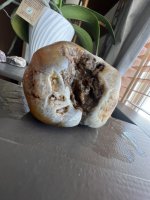
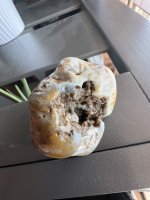
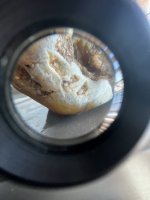
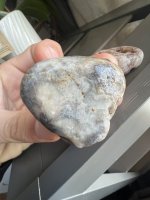
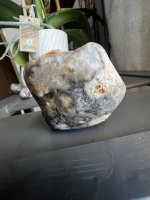
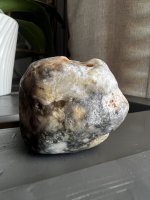
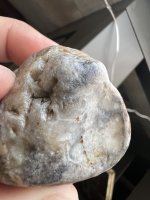
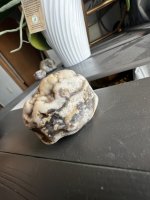
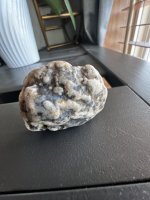
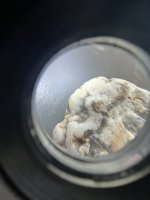
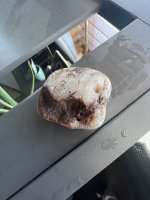
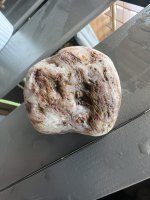
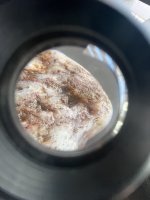
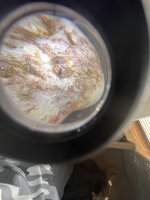
Stare at these quite often but here’s just a couple I’m wondering about:
no matter how much I research it appears I’m unable to figure out what these are using pictures as a guide, so any help would be appreciated. May be poor description but hopefully you get the jist of it!
Item #1 the huge gap in middle with all the darkness inside-appears to be a Crystal of sort but on outside dense and waxy. Blue/white/yellow
Item #2 the larger, less bumpy one with the thick dark bluish lines running all around
Item#3 similar to 2 but smaller with more bumpy exterior and has more of a gray color thin lines (pic with magnifying glass)
Item#4 flatter circular one with red patch on the side, has dark red and yellow “noodles” running within
























